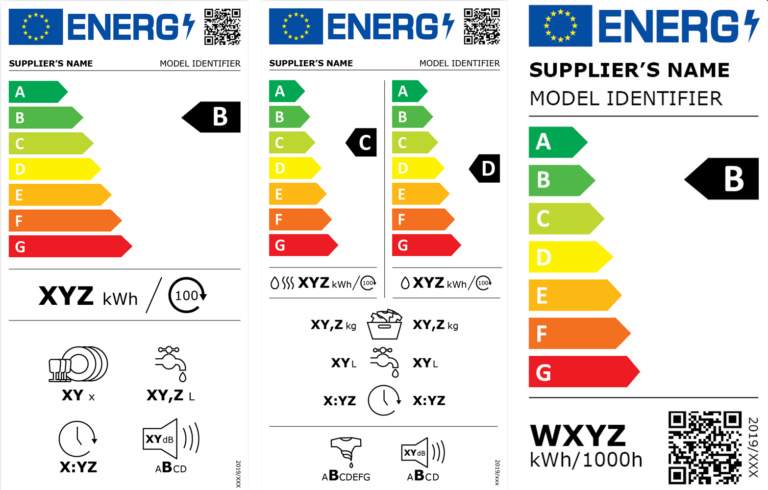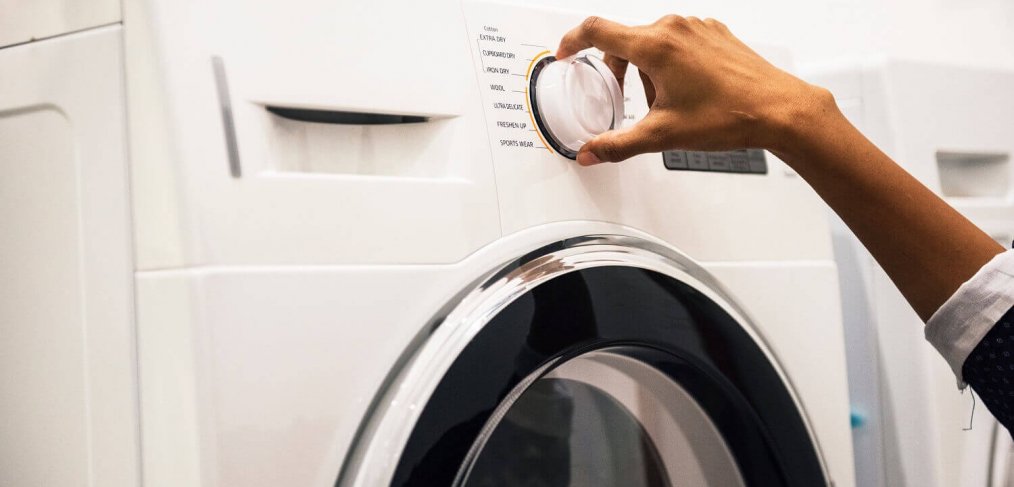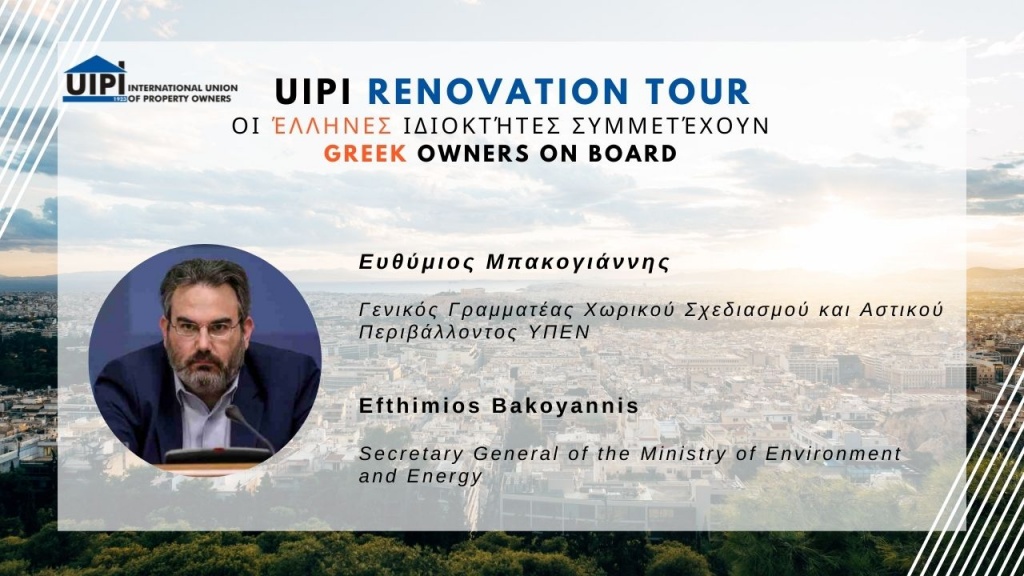News Alert
New Energy Labels
On March 11, the European Commission has adopted new energy efficiency labels which will be physically and digitally visible for EU consumers as of 1 March, 2021. Their goal is to be more understandable to consumers and help them make better informed purchasing choices. Initially the new labels will apply to 6 categories of products such as: dishwashers, washing machines and wash-dryers, commercial and household fridges and freezers, electronic displays and lamps.
Depending on the product, the energy labels will display not only its electricity consumption, but also other energy and non-energy related information. Such data will be displayed through intuitive pictograms, making products’ comparisons and better-informed purchase choices more straightforward (e.g. through display of information related to the amount of water used per washing cycle, storing capacity, noise emitted, etc.)
Additional to this change, the revised energy labelling system adopted in 2017 also consists of:
- A reintroduction of the original ‘A to G’ for energy efficient products. These new rules will remove the A+, A++ and A+++, making the scale clearer.
- Registration of product information for new energy efficient products in the digital EU-wide database EPREL, allowing greater transparency and easier market surveillance by national authorities. By means of new QR codes on the labels, consumers can retrieve information from the EPREL database.
- A requirement to display energy efficiency class on promotional materials such as TV commercials and online ads.
These simpler and more coherent energy labels will also help consumers save money as they will enable them to correctly identify the most cost-efficient products. Furthermore, Commission’s estimations value the total annual final energy savings of these new labels by 2030 at 38 TWh/year, which is equal to the annual electricity consumption of Hungary.
In conclusion, along with these novelties and according to the energy efficiency of products, the Commission plans to adopt a set of 11 eco-design regulations, covering these 6 new product groups with new labels and an additional 5 product groups for which no label is foreseen.

Background
Energy efficient products fall into a policy framework built up on two main directives:
- The Ecodesign Directive (2009/125/EC) – the tool for making products more energy efficient
- The Energy Labelling Regulation (EU) 2017/1369) – the tool through which the consumer can recognise the best performing products.
- 14 product groups covered by the energy efficiency and labelling rules: dishwashers, washing machines, tumble driers, refrigerators, lamps, televisions, air conditioners, domestic cooking appliances, heaters, water heaters, residential ventilation units, professional refrigeration, local space heaters and solid fuel boilers.
- 9 product groups covered by efficiency requirements (and not by labelling): simple set-top boxes, external power supplies, electric motors, circulators, industrial fans, water pumps, computers & servers, power transformers and air heating products.
- 2 horizontal measures covering the following: standby/off mode electric power consumption of electric and electronic products, standby power consumption of networked devices.




